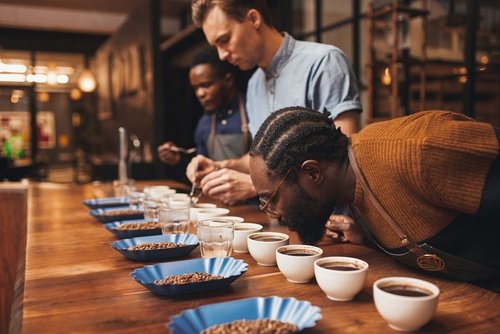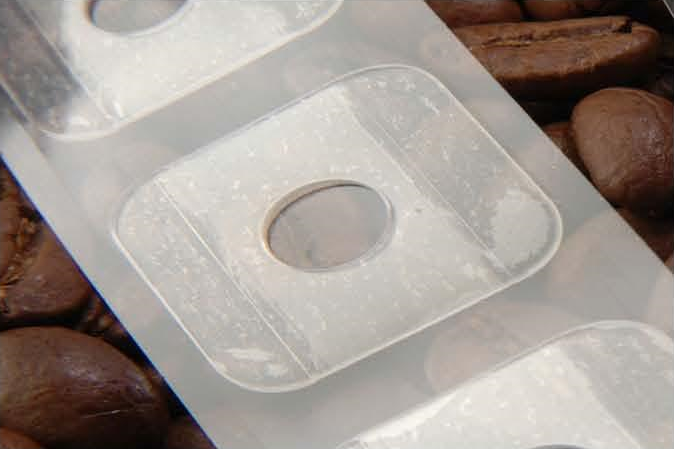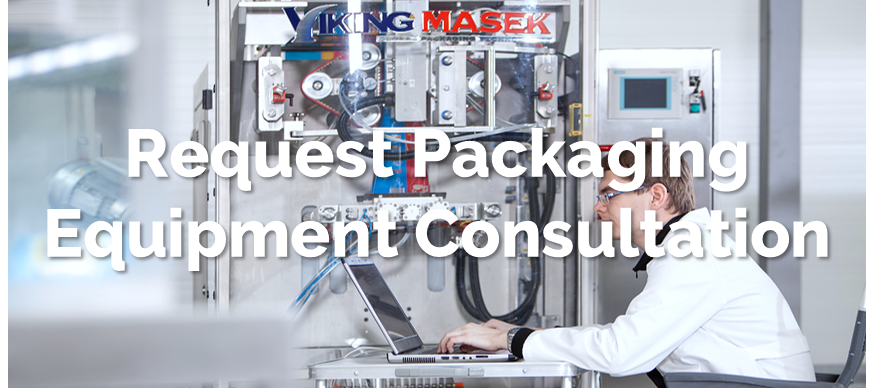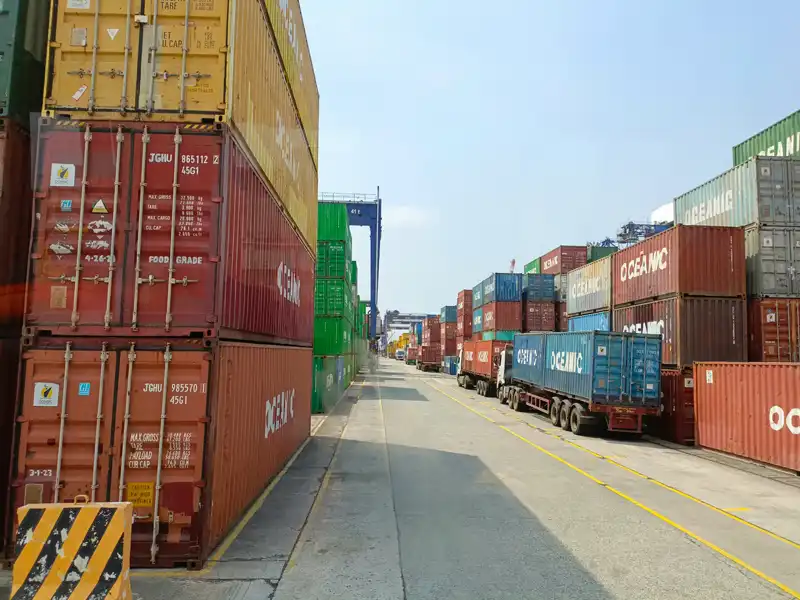Defeat 4 Coffee Freshness Killers With Packaging Technologies
Oxygen, moisture, light, and fair temperatures are necessary elements to create and sustain almost all life on earth. But for coffee, they are the ultimate killers of freshness, aroma, taste, and shelf life. You work hard to perfect your roast, don't let the four silent coffee freshness killers undo all of your hard work.

Oxygen
Enemy number one of coffee freshness is oxygen. According to the Specialty Coffee Association of America (SCAA), many compounds that are responsible for the aroma and taste of coffee are very susceptible to oxidation. When these compounds react with oxygen, staling of the product occurs quickly, as well as the production of rancid flavors and aromas.
Oxygen availability is deemed by many the primary enemy of roasted coffee and affects staling reactions in a variety of ways....Oxidation is not only responsible for loss of some aroma compounds, but also the formation of off-flavors, such as rancidity." - Specialty Coffee Association of America
Moisture
The SCAA also reports that moisture has a positive correlation with coffee staling. A loss of necessary volatile compounds occurs when coffee is exposed to moisture, either via humidity in the air or by direct contact with water or liquid substances. This shortens the product's shelf life.
Light
Direct exposure to sunlight causes chemical reactions on the bean's surface which leads to the early breakdown of key attributes. This causes coffee to stale, especially if the exposure is right after it is roasted. Hence why coffee packaging is often opaque or dark in color or both.
Temperature
High temperatures accelerate chemical reactions, period. The SCAA reports that "there is a solid body of literature on coffee that confirms that the chemical compounds linked to freshness decrease at increasing rates of temperature."
But what about cold temperatures? For many products, freezing combats staling and product degradation. However, many experts do not recommend freezing coffee because of flavor and aroma loss. You can never really get a 100% airtight seal on many freezer containers and so run the risk of freezer burn.
How to Protect Your Coffee From the 4 Freshness Killers
Exposure to oxygen, moisture, temperature, and light can be mitigated with Modified Atmosphere Packaging (MAP) measures. Let's take a look at a few solutions:
 One-way coffee valves. Affixed inconspicuously to the package, these plastic valves allow carbon dioxide to escape the package without allowing in oxygen, moisture, or light. When one-way coffee valves are used, coffee can be packaged at the height of freshness without worry that a build-up of carbon dioxide gas may cause the bag to burst.
One-way coffee valves. Affixed inconspicuously to the package, these plastic valves allow carbon dioxide to escape the package without allowing in oxygen, moisture, or light. When one-way coffee valves are used, coffee can be packaged at the height of freshness without worry that a build-up of carbon dioxide gas may cause the bag to burst.- Gas flush. This packaging process uses a piece of equipment to pump nitrogen gas into the coffee bag before filling, thereby displacing oxygen. After the gas flush is performed, coffee is then filled into the bag and the package is immediately sealed. Gas flush can decrease residual oxygen levels to less than 2 - 3%, which is the coffee industry standard. The SCAA attests that studies have "found that coffee flushed with inert gases...fared better in taste tests."
- High-barrier packaging materials. Foil-based laminates are comprised of multiple layers that perform very well to keep oxygen, moisture, light, and extreme temperatures at bay.
 Coffee Packaging Equipment Consultation
Coffee Packaging Equipment Consultation
Want to learn more about how modern coffee packaging equipment, technologies, and materials can improve the freshness and shelf stability of your coffee? Request a free coffee roaster packaging assessment today.




